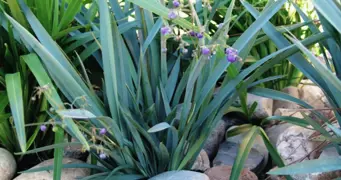How Big Does Dianella Get?
The size of Dianella depends on the specific variety you choose, as there are many different types with varying heights and spreads. However, most Dianella varieties grow to between 30-90 cm at maturity. They can spread from 30 cm to 1.2 m, depending on the variety and growing conditions. Some specific examples include:





















